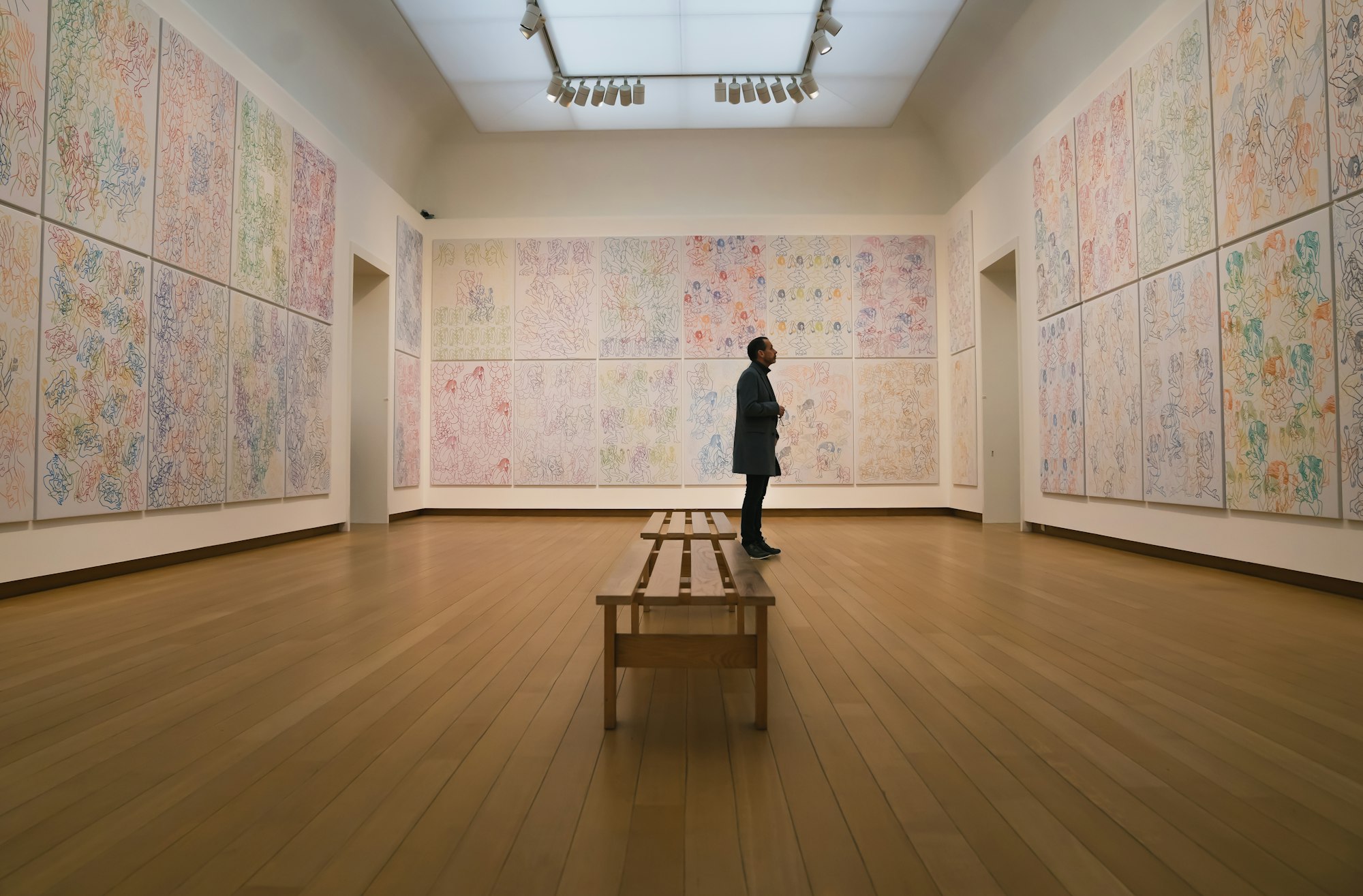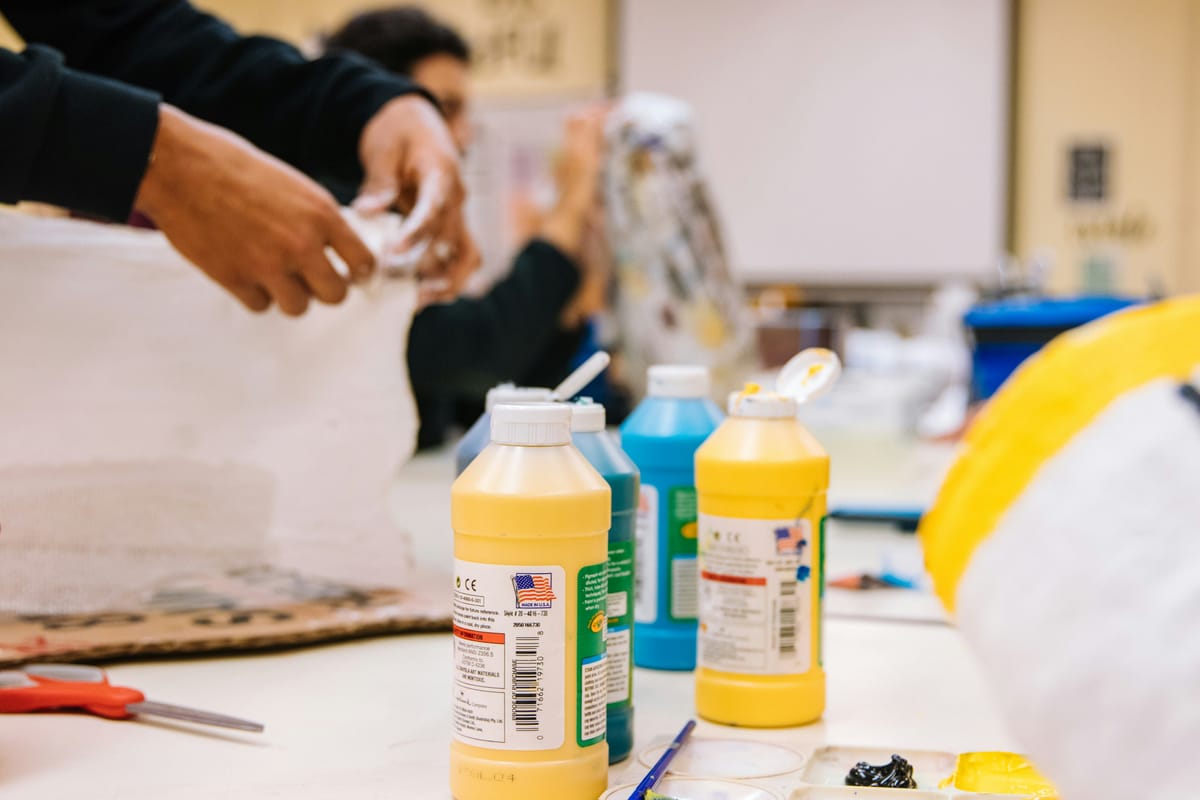What’s Driving the New Generation of Collectors?
Millennials are transforming the art market with their fresh approach to collecting. How these young collectors are blending passion with smart investments?

Long considered the domain of the wealthy elite, the art world is undergoing a transformation. Millennials—those born between 1981 and 1996—are stepping up as collectors, curators, and influencers, bringing with them values, tools, and tastes that are redefining the market.
Unlike their predecessors, this generation approaches art with a unique blend of digital fluency and social consciousness, reshaping not only what is collected but also how art is discovered, purchased, and displayed. From digital art to social media-driven connections, millennials are building a more inclusive, diverse, and socially engaged art world.
A New Generation of Collectors
Art collecting has traditionally been associated with older generations who could afford to invest in high-value works. However, the past decade has seen a shift as millennials, now in their late 20s to early 40s, take center stage. They are not only purchasing art but are also influencing its creation, with a focus on contemporary works that resonate with today’s cultural and social landscape.
This generation’s tastes reflect their lived experiences. Contemporary works that engage with themes like social justice, environmentalism, and identity are particularly appealing. Artists such as Banksy and KAWS, whose works combine cultural commentary with urban aesthetics, have become icons for millennial collectors. These artists blur the boundaries between high art and street culture, aligning perfectly with the generation’s preference for authenticity and originality.
More Stories:


Art in the Digital Age
The rise of digital technology has not only changed how art is created but also how it is collected. Digital art, once considered niche, has surged in popularity among millennials, particularly with the advent of NFTs (Non-Fungible Tokens). These blockchain-verified digital assets allow collectors to own unique works, bringing legitimacy to a format previously plagued by issues of duplication.
Millennials, raised in a digital-first world, are naturally drawn to this medium. Digital art is not only visually compelling but also aligns with their comfort in navigating online spaces and their interest in alternative investments. The ability to buy, sell, and display art digitally has democratized collecting, allowing millennials to participate in a market that once seemed out of reach.
The Social Media Effect
Social media, especially Instagram, has revolutionized how art is discovered, appreciated, and purchased. For millennials, the platform serves as a gallery, a marketplace, and a community. Artists and galleries now use Instagram to connect directly with collectors, showcasing works in progress, sharing their creative processes, and even offering pieces for sale.
This level of accessibility and engagement resonates deeply with millennial collectors. It creates a sense of connection and transparency that traditional institutions often lack. Art influencers have also emerged as tastemakers, driving trends and introducing emerging artists to their followers. These influencers, often young collectors themselves, wield significant power in shaping what sells and what resonates.
More Stories:
A Market with a Message
Millennials are collectors with a cause. Unlike previous generations, they often seek art that aligns with their personal values and reflects contemporary social issues. Works addressing topics like climate change, gender equality, and racial justice are not only admired but also purchased as a way to support the causes they care about.
This social consciousness extends to the artists themselves. Millennials are increasingly drawn to diverse voices, seeking out works by artists from underrepresented communities. For this generation, collecting art is more than an aesthetic pursuit—it’s a statement of their identity and a way to contribute to a broader cultural dialogue.
Redefining Investment
While art has long been considered a luxury, millennials are reframing it as a strategic investment. The generation that came of age during the financial crises of the 2000s has turned to alternative assets like art as a way to diversify their portfolios.
For many, art offers both financial and emotional returns. Owning a piece that resonates personally and has the potential to appreciate in value is deeply satisfying. Millennials are particularly savvy about spotting emerging talent and understanding the cultural significance of their purchases, often balancing passion with profitability.
The Future of Art Collecting
As millennials continue to reshape the art world, their influence is pushing the market to become more inclusive, accessible, and engaged with contemporary issues. This generation’s embrace of technology, social media, and sustainability is driving innovation and challenging traditional hierarchies.
The rise of digital art, the prominence of NFTs, and the influence of social media have all contributed to this transformation. By breaking down barriers and introducing new ways of collecting and connecting, millennials are ensuring that the art world evolves alongside them.
This shift is not a fleeting trend but a lasting transformation. As millennials grow in economic power and cultural influence, their values will continue to shape the art market, ensuring its relevance and vitality for generations to come.
ART Walkway News







